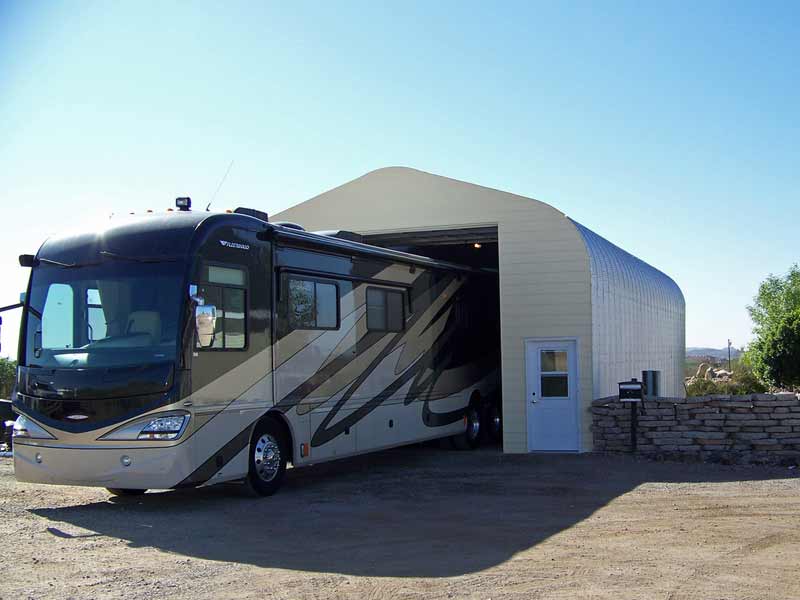Winter is upon us, at least in most of the United States. Here’s an easy checklist to follow as you put your RV away for the winter — or just for a while.
Feel free to modify this list to fit your needs. It’ll suit 90% of the situations when you need to put your RV into storage for any amount of time.
Wash the RV’s exterior. While you’re at it, clean up the inside, including vacuuming, mopping, dusting, and wiping down all surfaces.
Empty and clean the refrigerator. Wipe down all of the surfaces, defrost the freezer, and put a new carton of baking soda inside the fridge to keep odors at bay. Be sure to store the fridge with the doors open.
Remove all the dry-cell batteries. Depending on where you are storing the RV (i.e. will a loud noise be a nuisance vs. will you hear it), this includes the smoke detectors. Don’t forget to replace all the batteries when you take the RV out of storage.
Remove everything that mice may consider food or nesting material. That means from overheads, storage areas, and cubbies. It’s a good idea to wipe down these areas too.
Inspect the RV for ways that rodents can get into your RV and seal them. Pay special attention to the storage bays and any outside door or entry point.
Clean the air conditioner filters and put a cover on the A/C. Don’t forget to remove the cover when you take your RV out of storage.
Inspect the roof, body, and window seams and repair or replace as needed. Be sure to use the proper sealant or other material, as specified by the manufacturer.
Clean and dry all awnings.
Winterize your RV’s plumbing system. This includes the holding tanks, water pump, traps and drains, water heater, and all piping. Be diligent as the smallest amount of water can cause a leak if it freezes.
Turn the LP gas off. It’s just a good idea plus your RV’s not going to need it in storage.
Change your motorhome’s engine oil and filter. Also a good idea for any onboard generators.
Fill the fuel tanks (motorhome’s and onboard generator’s) with fuel and add a fuel stabilizer. Run the engines long enough for the stabilizer to get into the fuel system.
Check and fill the water levels in all lead-acid batteries. You may wish to remove the batteries and put them on a trickle charger as well. Make sure you have a diagram or photo of how the batteries were hooked up before you disconnect them.
Cover the tires if stored outside and use blocking if the RV will be on gravel or asphalt.
You can add to or modify this list, but it’s a good start to help you prepare your RV for storage. If there’s something we missed, let us know in the comments below.

